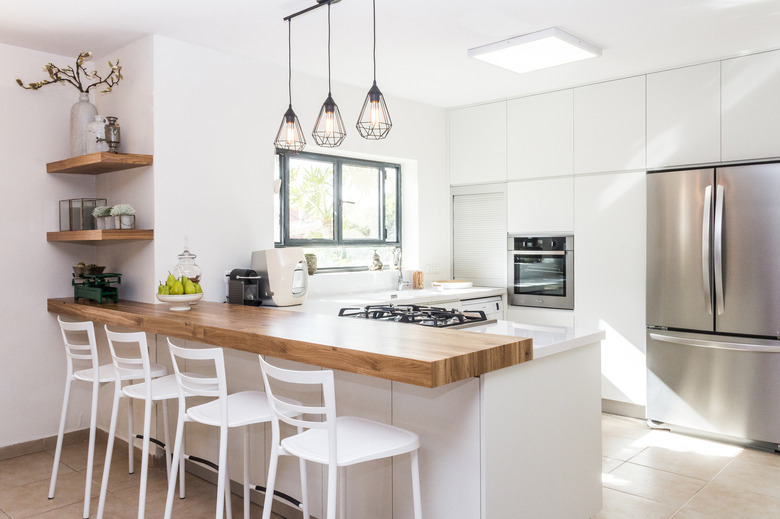How To Stop A Linoleum Floor From Being Slippery
Slippery floors account for many trips and falls in the home that can lead to an unexpected trip to the emergency room. A slippery floor can be a nuisance and a downright dangerous part of your living space. It is a fairly common issue and one that can be solved relatively easily.
If your vinyl plank flooring or expanse of linoleum is slippery, then there are a few ways to reduce accidental and possibly dangerous slips and spills.
Non-Slip Floor Treatment for Linoleum
Non-Slip Floor Treatment for Linoleum
To reduce the slippery issue on linoleum flooring, you need to increase the friction coefficient of the floor. This can be achieved a number of ways.
A modified resin solution, Skid Safe water base sealer, can increase the friction resistance. It works well with nearly any type of flooring but with linoleum in particular. The thin solution is fairly easy to apply and can require up to four coats. It will make the flooring stain and crack proof.
A slip resistant film via a liquid applied to the mopping solution can add resistance to the slippery linoleum surface. It should be applied weekly to high traffic areas.
Magnesium powder added to water and mopped onto the floor can cut down on the slippery surface quickly. After the floor dries, the popular grip powder that is often used for rock climbing will leave a thin layer on the floor that significantly increases the floor's slip resistance.
Cleaning Linoleum Flooring
Cleaning Linoleum Flooring
Keeping the non skid linoleum clean is the first step in reducing the slip issue on the expanse of flooring.
Dust, talcum powder spills, rain over-spray, floor polish or wax can all add to the slick factor of a slippery linoleum floor. Sweeping the floor daily and removing the debris and detritus that land on floors on a regular basis will keep the surface pristine as possible.
Using wax-based cleaning products on linoleum may offer a high gloss to the floor, but it also creates a slippery surface, according to the Floor Critics. Cleaning with a simple solution of warm water and mild dish soap will also keep the floor from getting a buildup of slippery cleaning solution on its surface.
Rooms like kitchens and garages can use a good commercial or homemade degreaser once a month or every quarter to cut down on slippery areas, according to Sparkle Uniform and Linen Service. A mix of baking soda and lemon sprinkled over the top of the linoleum, then mopped up with warm water and dish soap, also works well to degrease flooring.
Non-Slip Flooring for Installation
Non-Slip Flooring for Installation
If you are shopping for linoleum to put down in entry hallways, kitchens or bathrooms, a non-slip variety is a good choice. These rooms are prone to wet patches on the floor from outdoor weather or washing spills.
Non-skid linoleum is made by increasing the friction that exists between the floor and the foot. This works because anti-slip linoleum particles are placed within the wear layer of the flooring material.
